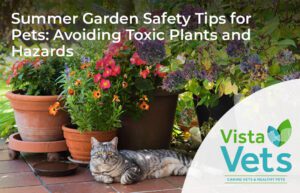
10 Christmas Dangers: Keeping Your Pets Safe At Christmas
As the festive season approaches, our homes fill with the warm glow of twinkling lights, the aroma of delicious treats, and the joy of spending

As the festive season approaches, our homes fill with the warm glow of twinkling lights, the aroma of delicious treats, and the joy of spending

As summer approaches, many pet owners look forward to spending quality time in their gardens with their beloved pets. However, it’s crucial to be aware

As the UK has now left the European Union rules on pet travel changed on 1st January 2021. Pet Passports have been replaced by Animal

Running around, moving, and exploring is an instinctive part of a cat and dog’s life, and is fundamental to their physical – and mental –

Worried your dog has eaten chocolate? With this unique tool, you can get an instant toxicity rating based on your dog’s weight and how much

Easter and Spring are celebrated times across the country and bring fresh growth in our gardens, lighter nights, bank holidays and of course…. visits from

One of the most exciting things for us over the festive period is all the different things happening. We see people we don’t get to
Sign up below to receive your £20 voucher for vista vets.
Plus, you’ll be the first to receive news and special offers.